How to Use Smart Cameras to Monitor Your Home Remotely
Smart cameras are revolutionizing the way we monitor our homes, providing a sense of security and convenience like never before. By leveraging the power of technology, you can now keep an eye on your property from anywhere in the world with just a few clicks on your smartphone or computer. These intelligent devices offer a plethora of features that go beyond traditional security cameras, offering peace of mind and control at your fingertips.
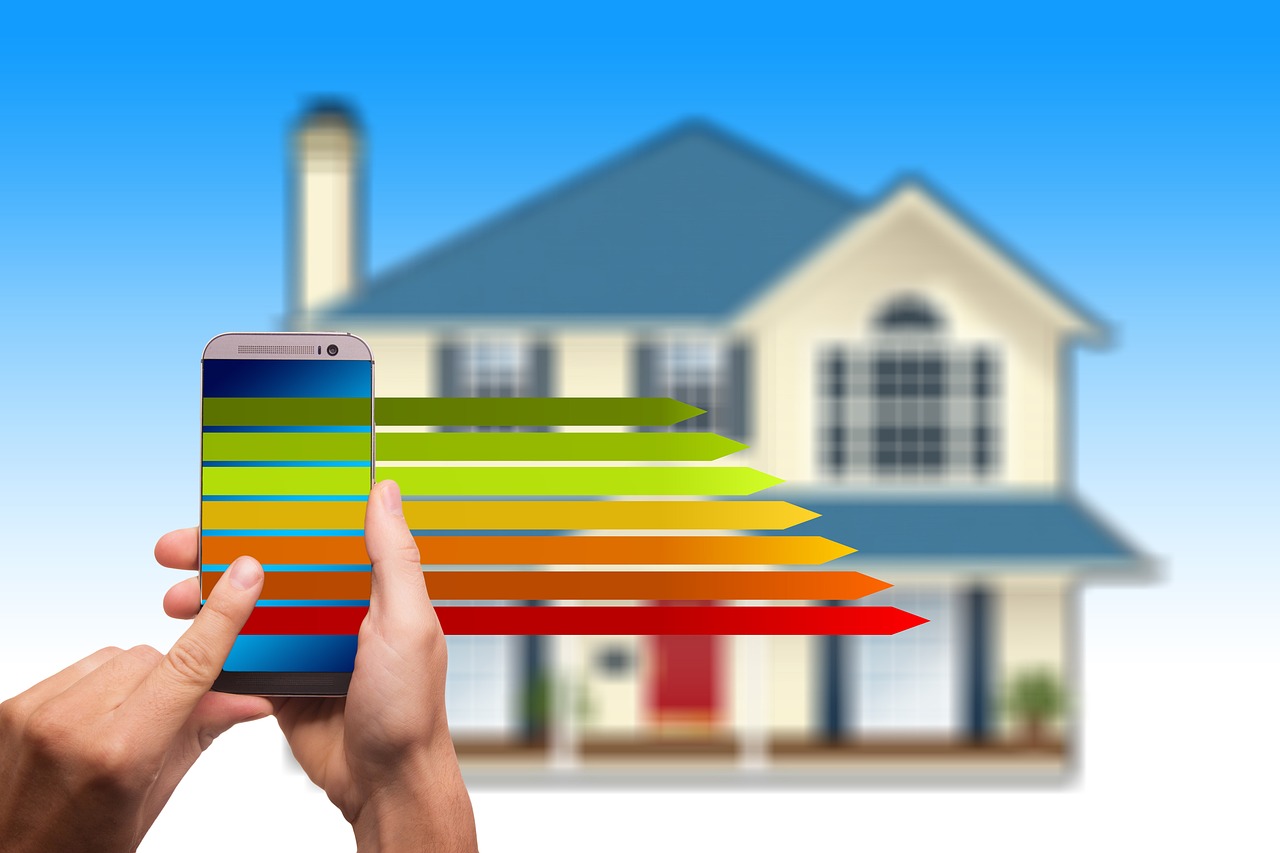
Choosing the Right Smart Camera
When it comes to choosing the right smart camera for your home monitoring needs, there are several key factors to consider to ensure you get the most out of your investment. One of the primary considerations is the video quality that the smart camera offers. High-definition resolution and clear imaging are essential for capturing detailed footage that can help identify potential threats or incidents.
Another crucial aspect to look into is the connectivity options that the smart camera provides. Ensure that the camera is compatible with your home network setup and offers reliable connectivity for seamless remote access. Additionally, consider whether the camera supports both Wi-Fi and wired connections for flexibility in installation.
Storage capabilities are also vital when selecting a smart camera. Opt for a camera that offers secure storage options for recorded footage, such as cloud storage or local storage options like SD cards. This ensures that your footage is safely stored and easily accessible when needed.
Moreover, consider the field of view that the smart camera offers to ensure optimal coverage of the areas you want to monitor. Cameras with wide-angle lenses or pan-tilt-zoom capabilities can provide a broader perspective and better surveillance of your home.
Lastly, take into account any additional features that the smart camera may offer, such as two-way audio communication, night vision capabilities, or smart home integration. These features can enhance the functionality and usability of the camera, providing added convenience and security for your home monitoring needs.
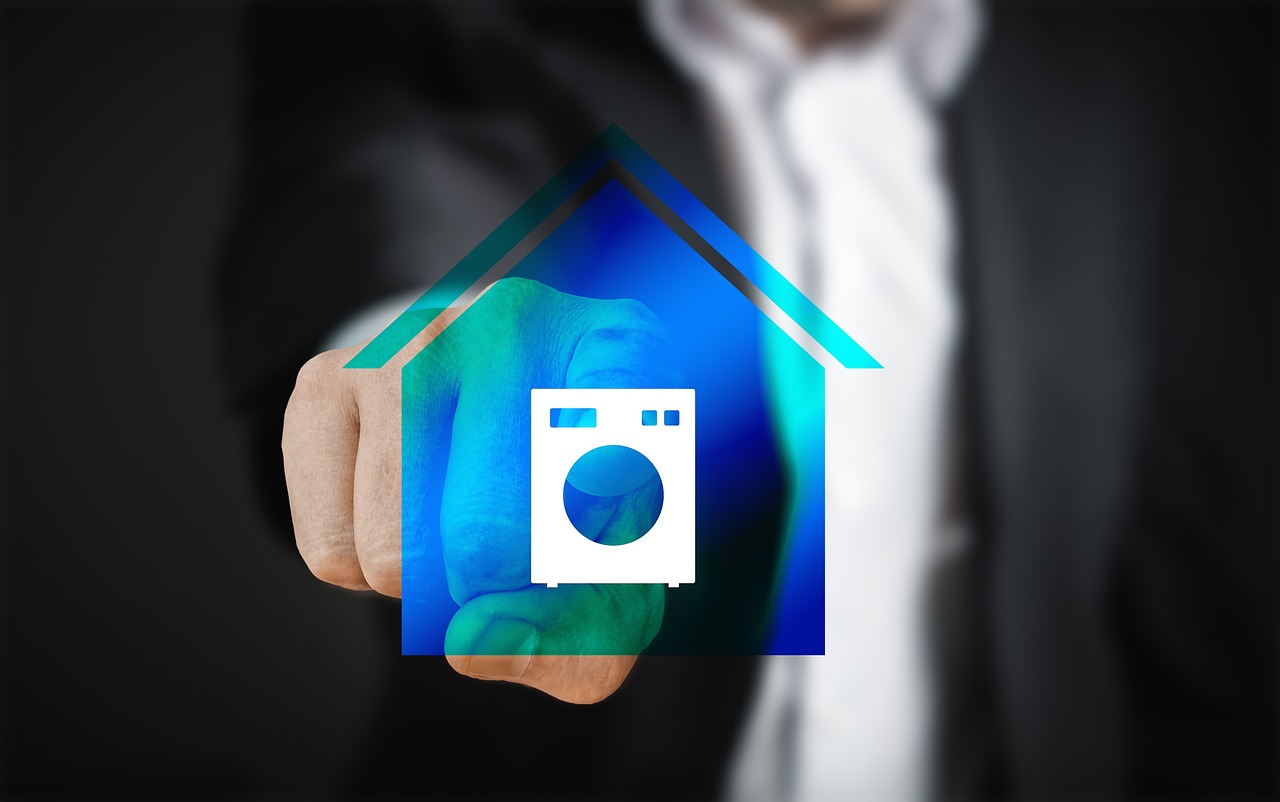
Setting Up Your Smart Camera System
Setting up your smart camera system is a crucial step in ensuring effective remote home monitoring. The process involves installing and configuring your smart cameras to provide optimal coverage and functionality for monitoring your home from anywhere.
Firstly, consider the placement and positioning of your smart cameras. Strategically placing them in key areas of your home will maximize coverage and effectiveness. Think about areas where potential intruders may enter or where valuable items are stored.
Next, it's essential to connect your smart cameras to your home network. This allows for remote access and monitoring via mobile apps or web interfaces. Follow the manufacturer's instructions to link your cameras to your home Wi-Fi network securely.
Once your cameras are connected, you can access and manage your camera feeds remotely. Use mobile apps or web interfaces to view live camera feeds and recordings in real-time. This enables you to monitor your home even when you're away.
To enhance your monitoring experience, customize alerts and notifications on your smart camera system. Set up notifications for motion detection or other triggers to stay informed about any unusual activity while you're not at home.
Additionally, familiarize yourself with reviewing and saving footage from your smart cameras. Knowing how to access and save recorded footage is essential for future reference or sharing with authorities if necessary. Ensure you have a reliable storage solution for storing important footage.
Lastly, prioritize security and privacy when setting up your smart camera system. Implement best practices to safeguard your cameras against cyber threats and protect your privacy while monitoring your home remotely. Regularly update firmware, use strong passwords, and enable encryption to secure your system.
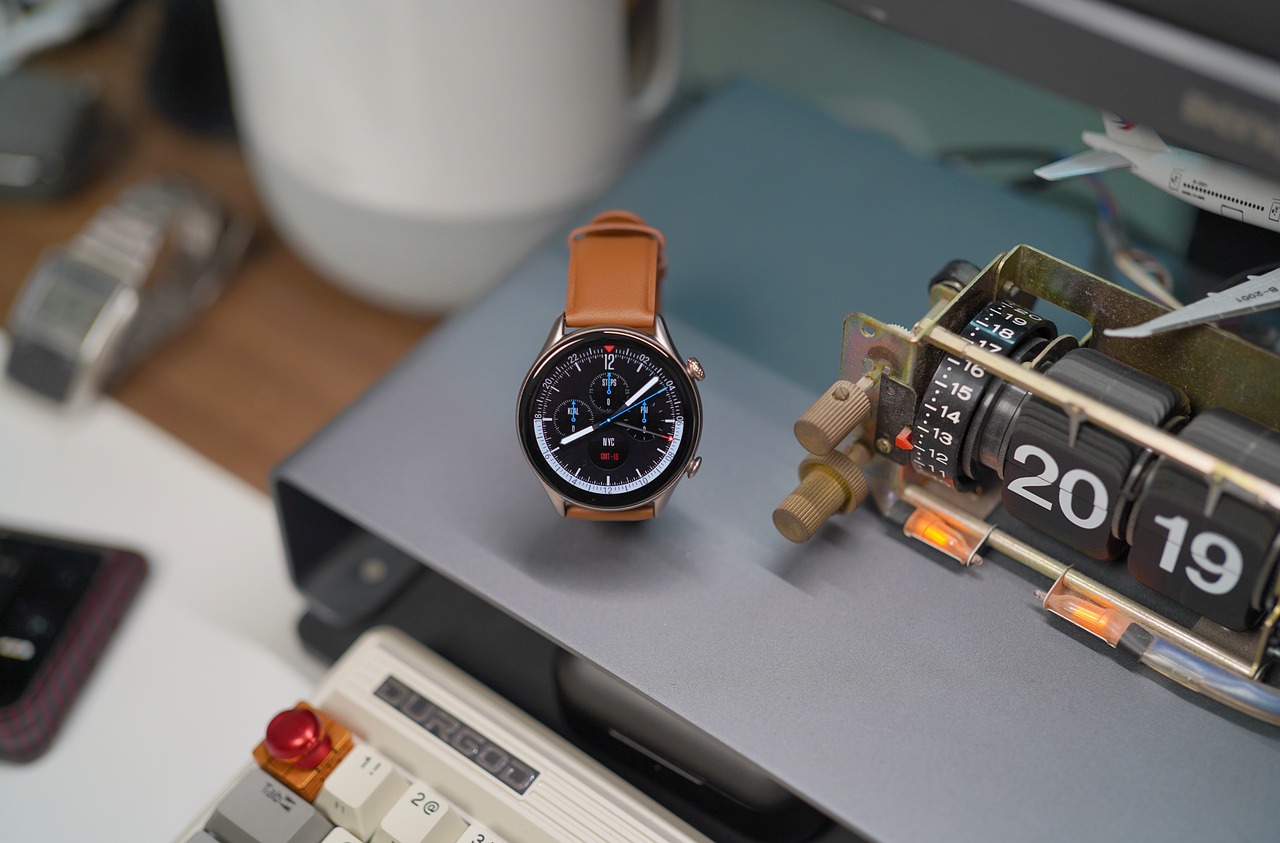
Placement and Positioning
When it comes to of smart cameras in your home for remote monitoring, strategic placement is key to ensuring maximum coverage and effectiveness. Consider the following tips to optimize the surveillance of different areas within your home:
Firstly, identify the key entry points of your home, such as doors, windows, and other vulnerable areas. Placing cameras near these points can provide a comprehensive view of any potential intruders or suspicious activities.
Additionally, consider the field of view of each camera to avoid any blind spots. Angle the cameras towards areas where movement is most likely to occur, ensuring that important areas are well within the camera's range.
Furthermore, avoid obstructions that may hinder the camera's view, such as plants, furniture, or glare from windows. Clearing any obstacles in the camera's line of sight can improve the quality of the footage captured.
When placing outdoor cameras, protect them from weather conditions by using weatherproof housing or enclosures. This will ensure the longevity and functionality of the cameras, even in harsh weather conditions.
Consider height and angle when mounting your cameras. Mount them at a height that is out of reach but still provides a clear view of the area. Adjust the angle to avoid capturing too much sky or ground, focusing instead on the intended surveillance area.
Lastly, test the camera positions before finalizing their placement. Check the camera feeds to ensure that they cover the desired areas effectively and make any necessary adjustments to optimize their positioning for remote monitoring.
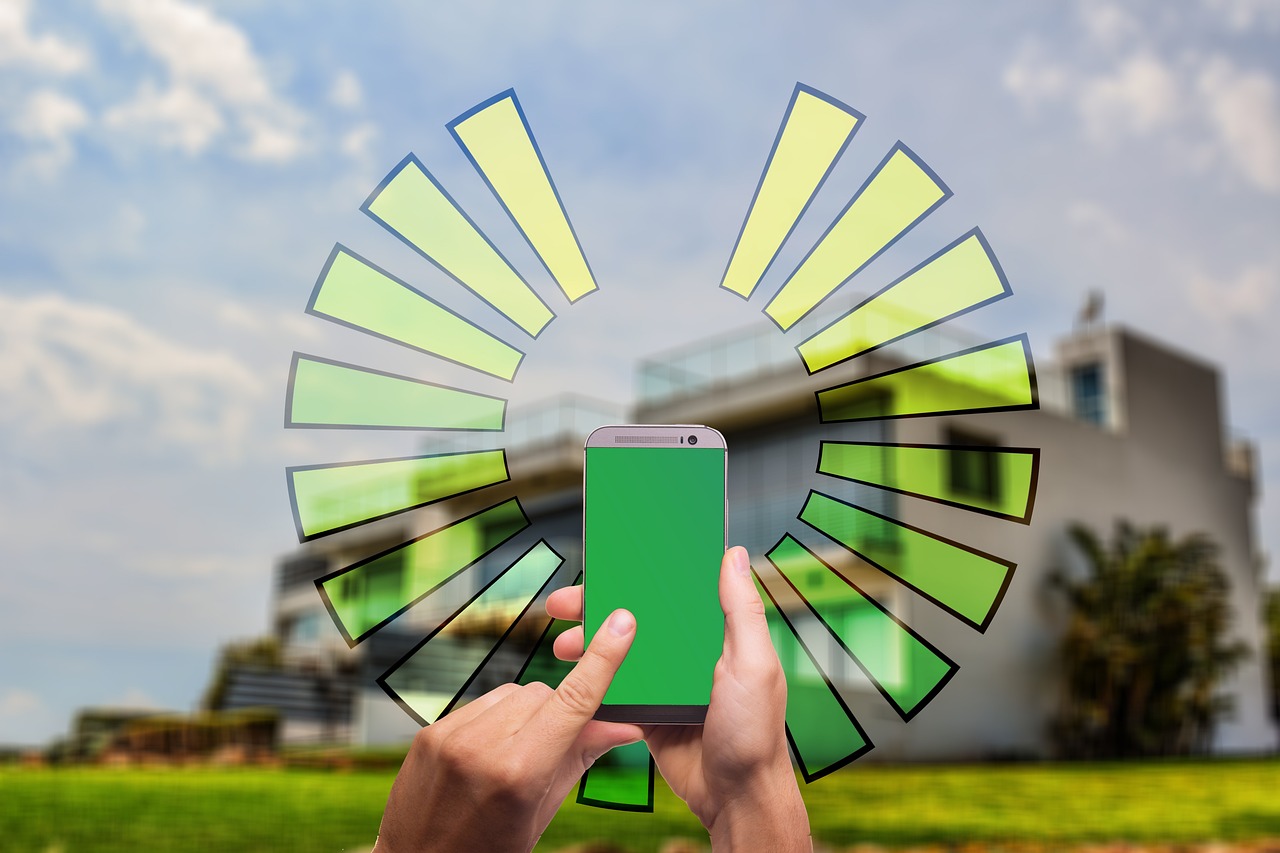
Connecting to Your Home Network
When it comes to connecting your smart cameras to your home network, ensuring a seamless setup is crucial for uninterrupted remote monitoring. The first step is to identify the Wi-Fi network you want to connect your cameras to. Make sure you have the network name (SSID) and password handy for the setup process.
Most smart cameras come with a dedicated mobile app that guides you through the connection process. Download the app on your smartphone or tablet and create an account if required. Follow the app's instructions to add a new camera to your account and connect it to your home Wi-Fi network.
During the setup, you may need to scan a QR code on the camera or enter a unique device ID to pair it with the app. Once the camera is successfully connected to your network, you can place it in the desired location for monitoring.
It's essential to ensure that your Wi-Fi signal is strong where the cameras are placed to maintain a stable connection. Consider using Wi-Fi extenders or access points if needed to boost the signal strength in areas with poor coverage.
If you encounter any issues during the setup process, refer to the camera's user manual or the manufacturer's online support resources for troubleshooting tips. Remember that a secure and stable connection is key to accessing your camera feeds remotely with ease.

Accessing and Managing Your Camera Feeds
Accessing and managing your camera feeds is essential for effective remote home monitoring. By utilizing smart cameras, you can keep an eye on your property from anywhere in the world. To access your camera feeds, you can use dedicated mobile apps or web interfaces provided by the camera manufacturer. These platforms allow you to view live footage and recordings, ensuring you are always in the loop about what's happening at home.
Managing your camera feeds involves customizing settings to suit your preferences. You can set up alerts and notifications to receive real-time updates on any suspicious activity detected by your smart cameras. This feature enhances the security of your home by keeping you informed even when you're not physically present. Additionally, you can review and save footage for future reference, providing valuable evidence in case of any incidents.
When accessing your camera feeds remotely, it's crucial to ensure a secure connection to prevent unauthorized access. By connecting your smart cameras to your home Wi-Fi network, you enable seamless monitoring from your smartphone or computer. This convenience allows you to check in on your property at any time, giving you peace of mind knowing that your home is secure.

Customizing Alerts and Notifications
Customizing alerts and notifications on your smart camera system is crucial for staying informed about any unusual activities in your home while you're away. By setting up personalized alerts, you can receive notifications for specific events, such as motion detection or sound alerts, ensuring you are always aware of what's happening in your absence.
One way to customize alerts is by adjusting the sensitivity levels of your smart cameras. This allows you to fine-tune the detection settings to avoid unnecessary notifications caused by minor movements, like pets or changing light conditions. By setting the right sensitivity, you can ensure that you only receive alerts for significant events that require your attention.
Moreover, most smart camera systems offer the option to define specific zones within the camera's field of view for motion detection. This feature enables you to focus on monitoring particular areas, such as entry points or valuable possessions, and receive alerts only when there is activity in those designated zones. By customizing these settings, you can reduce false alarms and enhance the accuracy of your notifications.
Additionally, you can choose the type of notifications you wish to receive, whether through push notifications on your mobile device, email alerts, or SMS messages. By selecting the most convenient notification method for you, you can ensure that you never miss an important update from your smart camera system, keeping you informed and in control of your home security at all times.
Furthermore, some smart cameras allow for advanced customization options, such as scheduling alerts based on specific times of the day or week. This feature is particularly useful for adjusting notifications according to your daily routine, ensuring that you are alerted only when needed and avoiding unnecessary interruptions during your regular activities.
In conclusion, customizing alerts and notifications on your smart camera system is essential for optimizing your home monitoring experience. By tailoring the settings to your preferences and lifestyle, you can ensure that you receive timely and relevant updates about the security of your home, providing you with peace of mind and control over your remote monitoring capabilities.

Reviewing and Saving Footage
When it comes to reviewing and saving footage captured by your smart cameras, it's essential to have a systematic approach in place. By regularly checking the recorded footage, you can stay informed about any unusual activities around your home and ensure the security of your property. Additionally, saving important footage can be crucial for providing evidence in case of any incidents or intrusions.
One effective way to manage the footage is by organizing it based on date and time. This categorization allows for easy access to specific recordings when needed, saving you time and effort in locating relevant footage. Consider creating folders or tags for different areas of your home or specific events to streamline the reviewing process.
Furthermore, take advantage of the features offered by your smart camera system, such as motion detection alerts. These alerts can notify you whenever motion is detected within the camera's range, prompting you to review the footage promptly. By customizing these alerts based on your preferences, you can ensure that you are notified of significant events while minimizing unnecessary notifications.
In addition to reviewing footage in real-time, it's essential to regularly back up important recordings to prevent data loss. Utilize the storage options provided by your smart camera system, whether it's cloud storage or local storage devices, to create backups of critical footage. This precaution ensures that you have access to important recordings even if the original footage is compromised or deleted.
Consider setting up a schedule for reviewing and saving footage to maintain a consistent monitoring routine. By dedicating specific times to check the recordings and save relevant footage, you can stay proactive in monitoring your home's security. Remember that reviewing and saving footage is not just about reacting to incidents but also about staying vigilant and prepared for any potential threats.
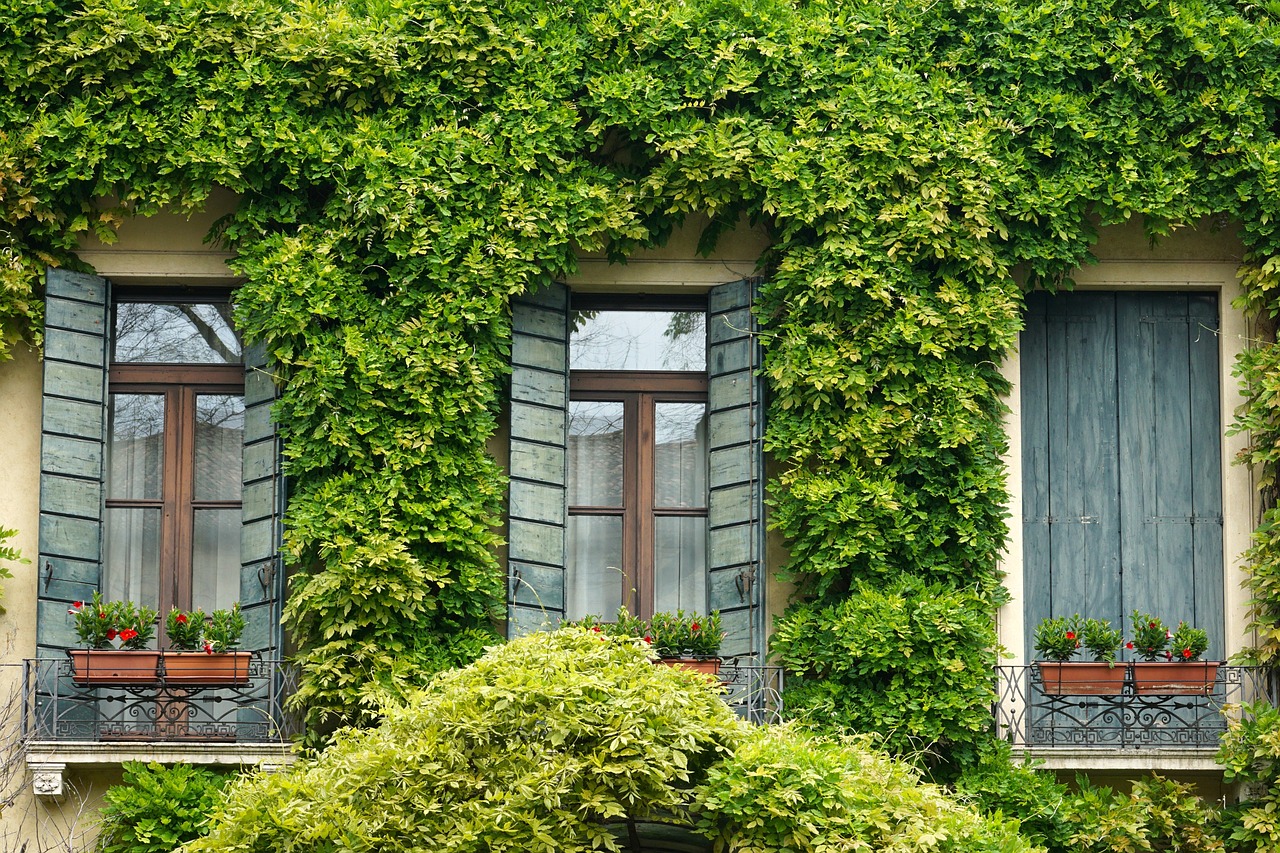
Enhancing Security and Privacy
When it comes to enhancing security and privacy with smart cameras for remote home monitoring, there are several key practices to keep in mind. Firstly, ensuring that your smart camera system is protected against cyber threats is crucial. This can be done by regularly updating the camera's firmware and using strong, unique passwords for all devices and accounts associated with the system.
Additionally, it is important to secure your home network to prevent unauthorized access to your camera feeds. This can be achieved by setting up a strong Wi-Fi password, enabling encryption on your network, and using a virtual private network (VPN) for remote access to your cameras.
Moreover, consider the privacy implications of installing smart cameras in your home. Be mindful of where you place the cameras to avoid capturing sensitive areas and always inform household members and visitors about the presence of cameras for transparency.
Another aspect to consider is the data storage and sharing practices of your smart camera system. Ensure that recorded footage is securely stored on encrypted devices or cloud services with proper access controls. If sharing footage with authorities is necessary, do so in a secure and responsible manner.
Frequently Asked Questions
- What factors should I consider when choosing a smart camera for home monitoring?
When selecting a smart camera for home monitoring, it's essential to consider factors such as video quality, connectivity options, storage capabilities, and compatibility with your existing home network.
- How can I ensure optimal coverage and functionality of my smart camera system?
To maximize the effectiveness of your smart camera system, carefully consider the placement and positioning of each camera to cover key areas of your home. Additionally, ensure proper connectivity to your home network for seamless remote access.
- What are the best practices for enhancing security and privacy when using smart cameras?
To enhance security and privacy when using smart cameras for home monitoring, it's crucial to regularly update camera firmware, use strong and unique passwords, enable encryption, and restrict access to camera feeds to authorized users only.

















